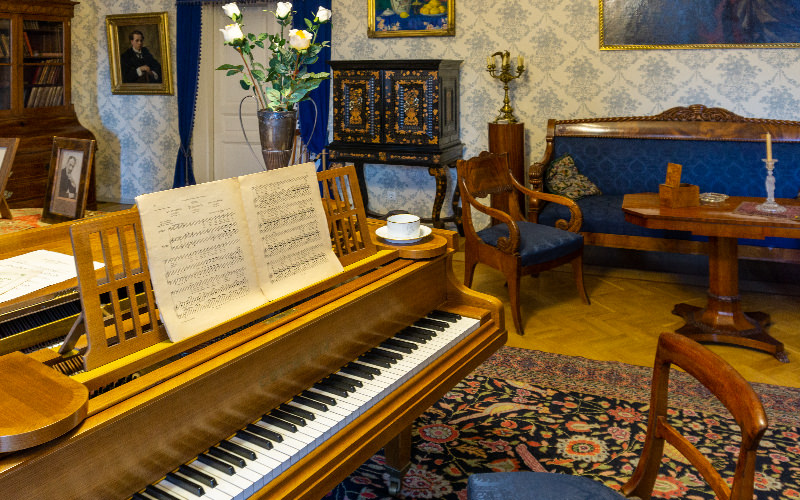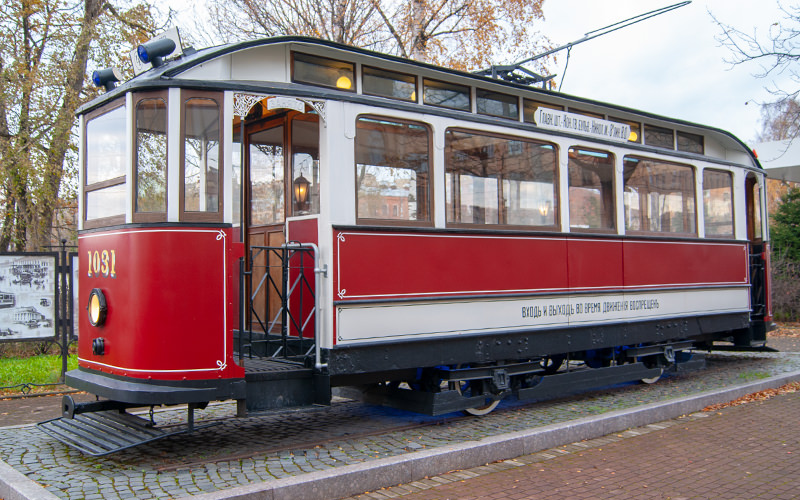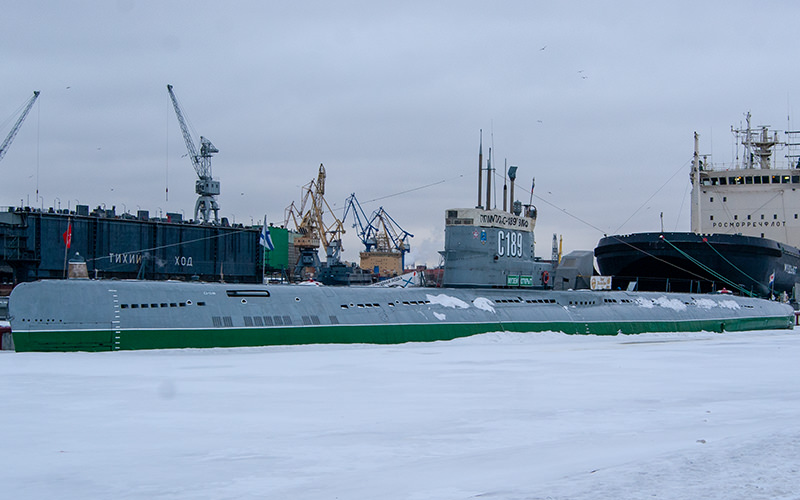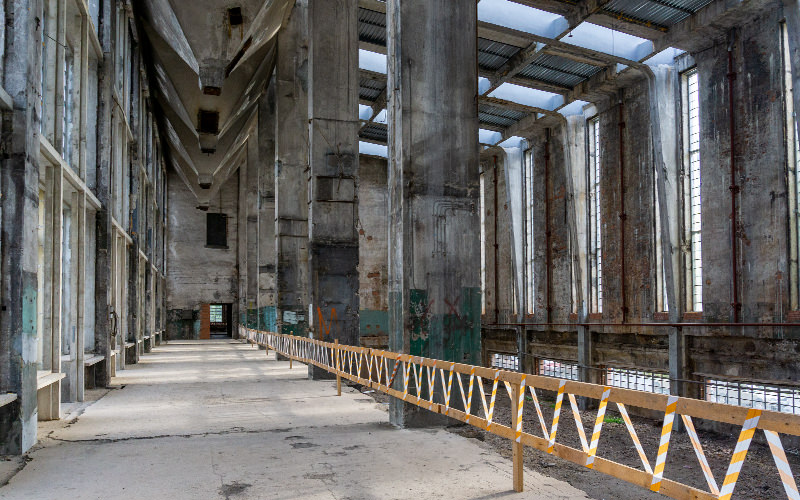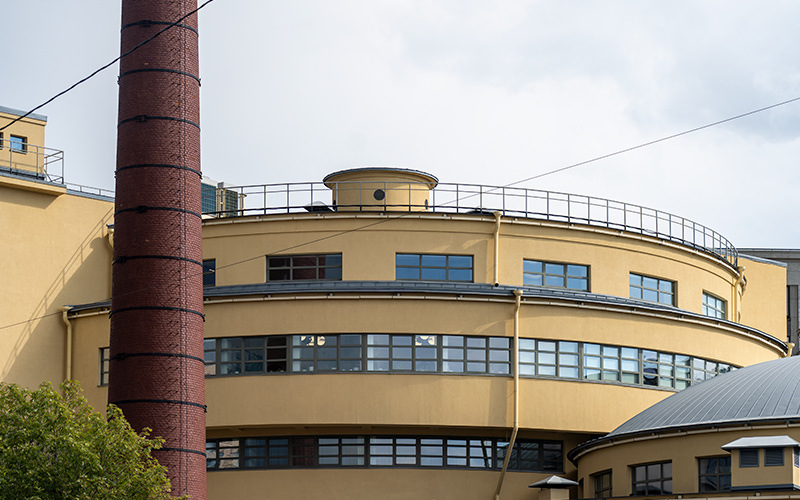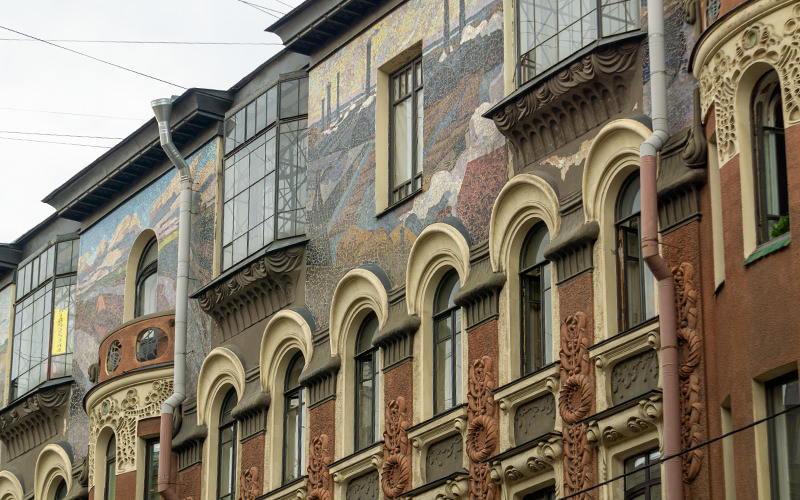Friends, today we will head to the northwestern part of Petrogradsky Island for a virtual stroll through the exhibition of the St. Petersburg Museum of Florentine Mosaic named after B. L. Oshkikov. This exhibition space opened relatively recently, and not all local residents are aware of it.
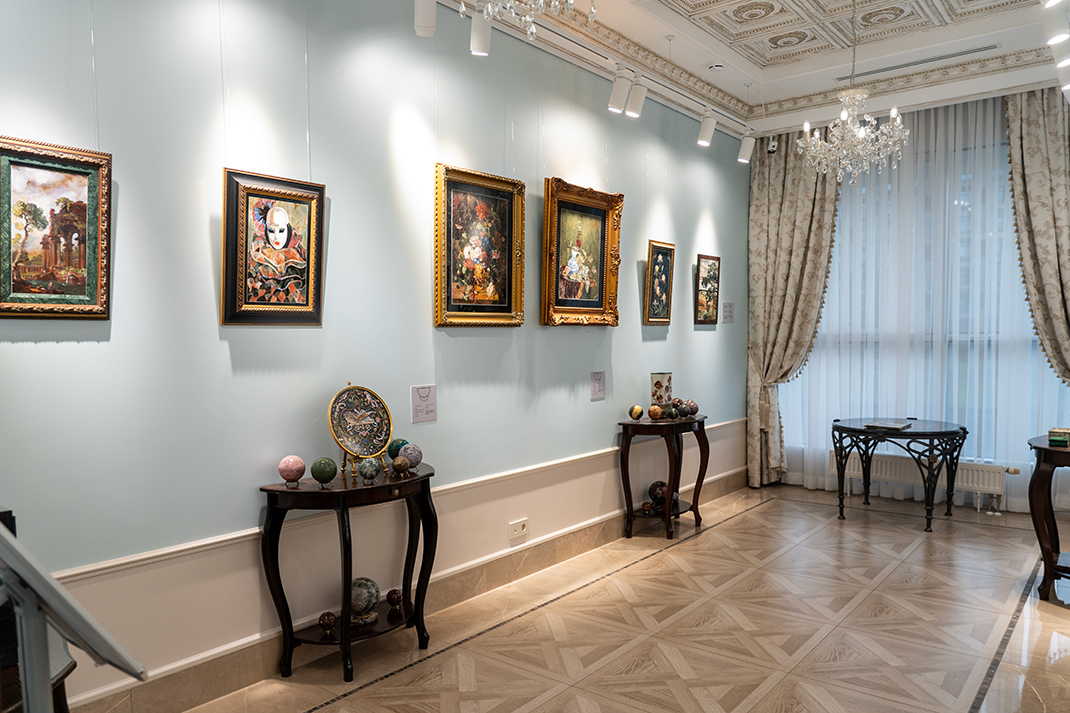
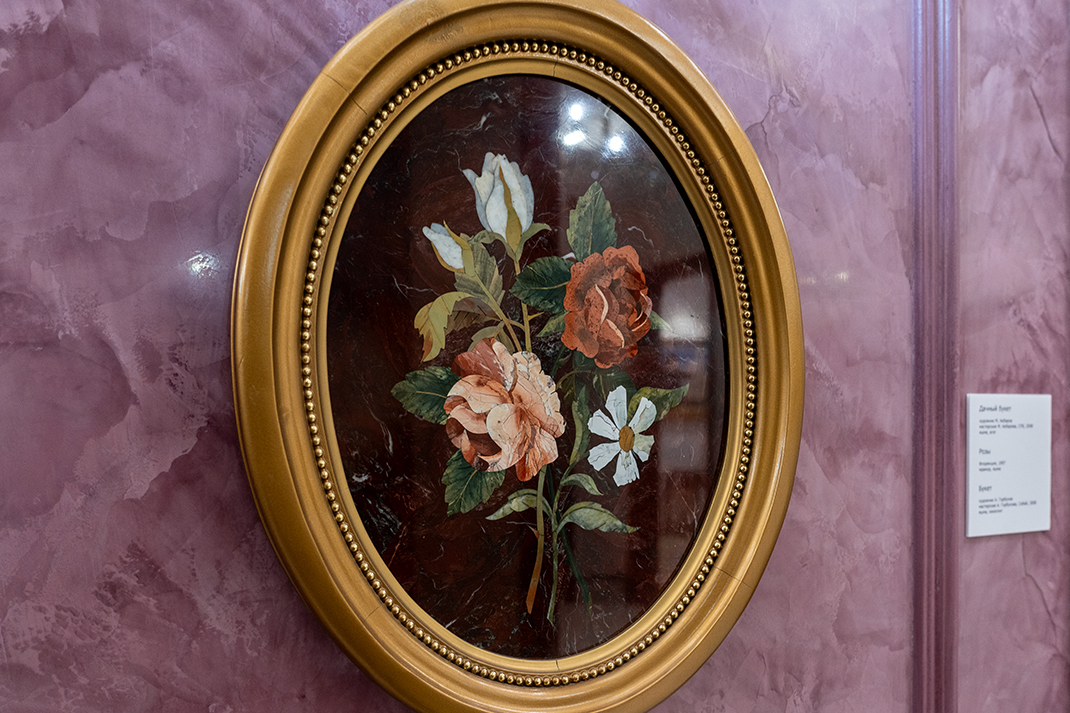
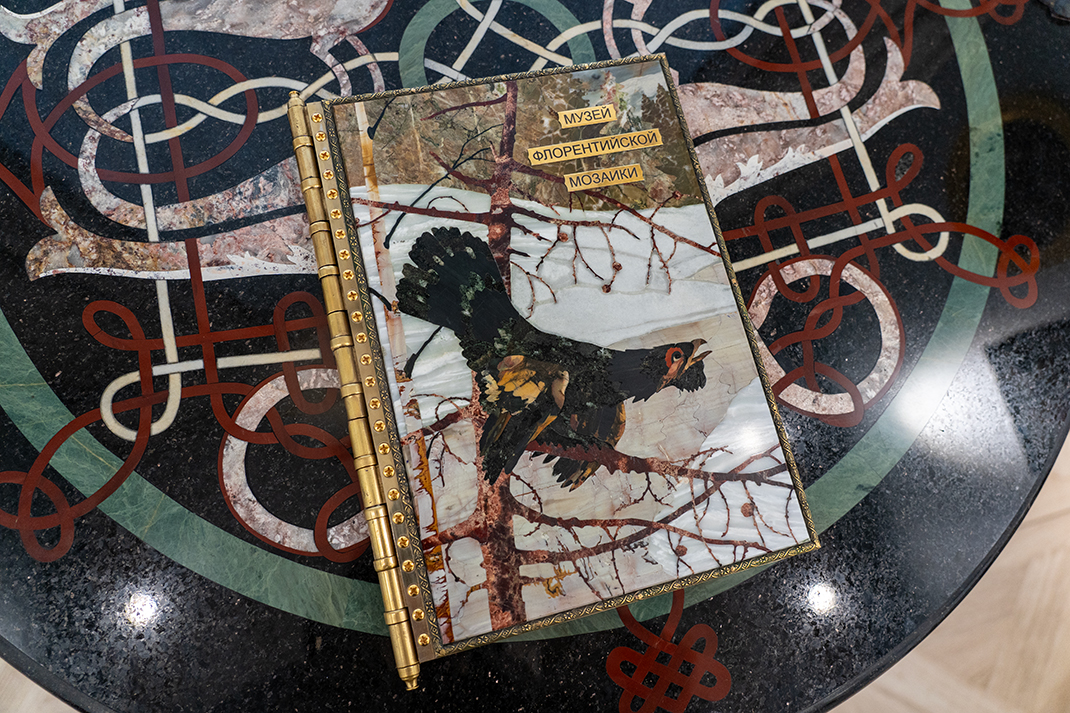
A Tour of the Museum of Florentine Mosaic
Although I refer to this exhibition space as new, its history began in 2003 when the founders, Boris and Lyudmila Oshkikov, opened a museum-apartment on Bolshaya Konyushennaya Street. Over time, the collection was moved here to Petrogradsky Island.
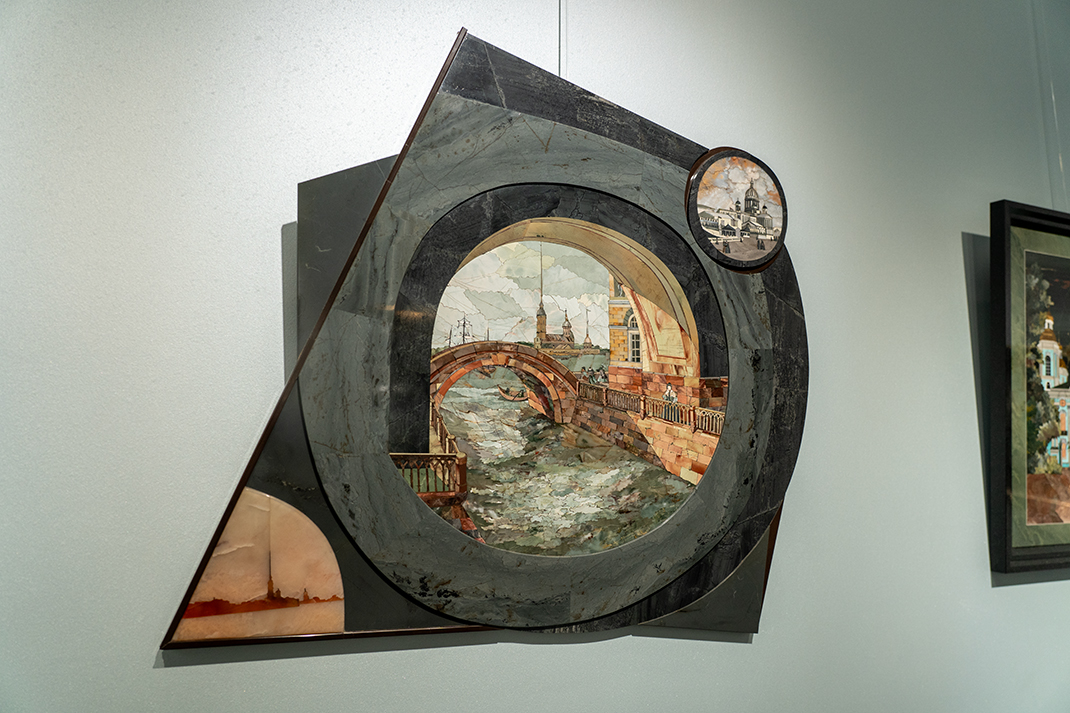
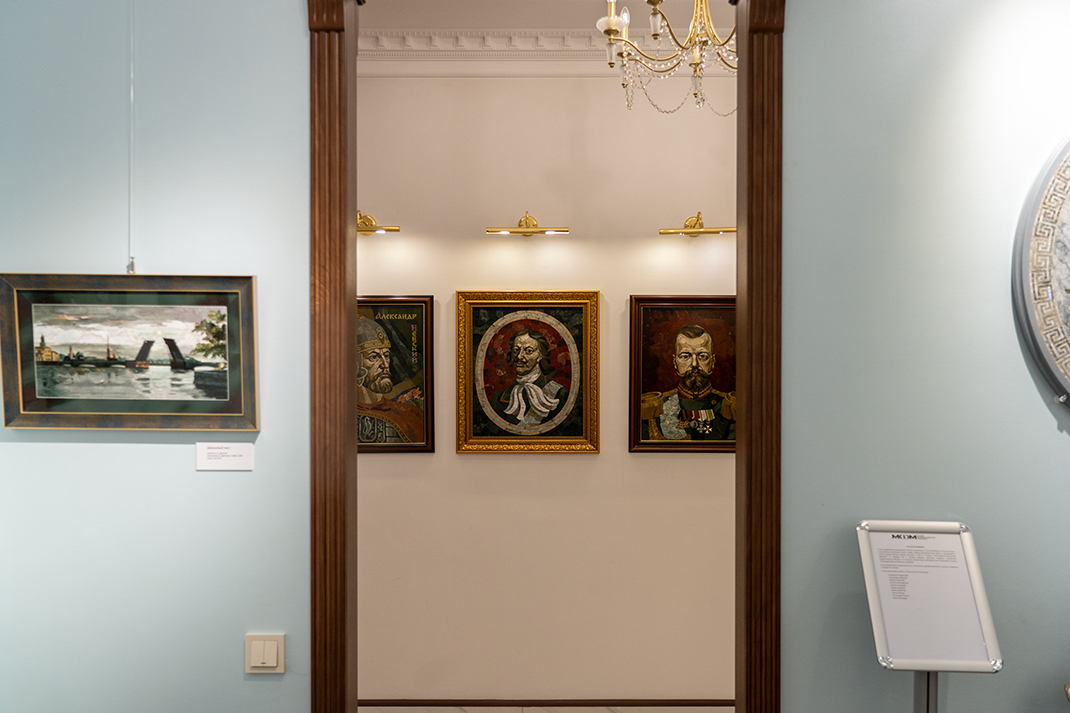
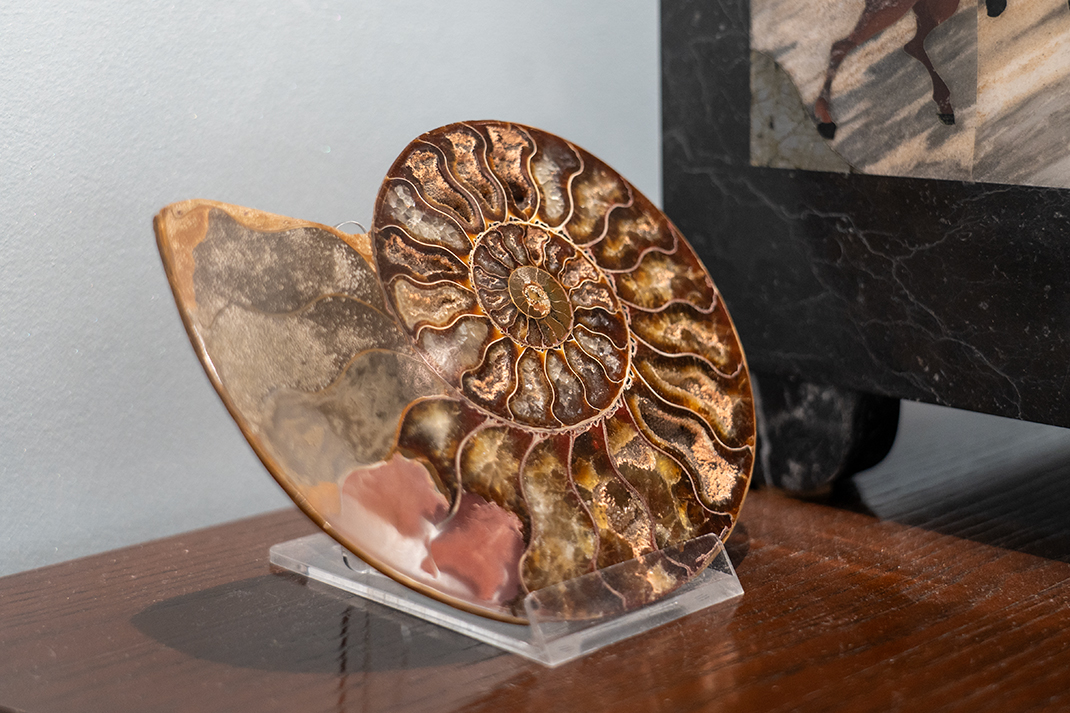
As the name suggests, the museum's collection consists of works by mosaic artists. It features pieces by masters from Moscow, St. Petersburg, Kungur, Khabarovsk, and other cities in Russia, totaling around 500 exhibits.
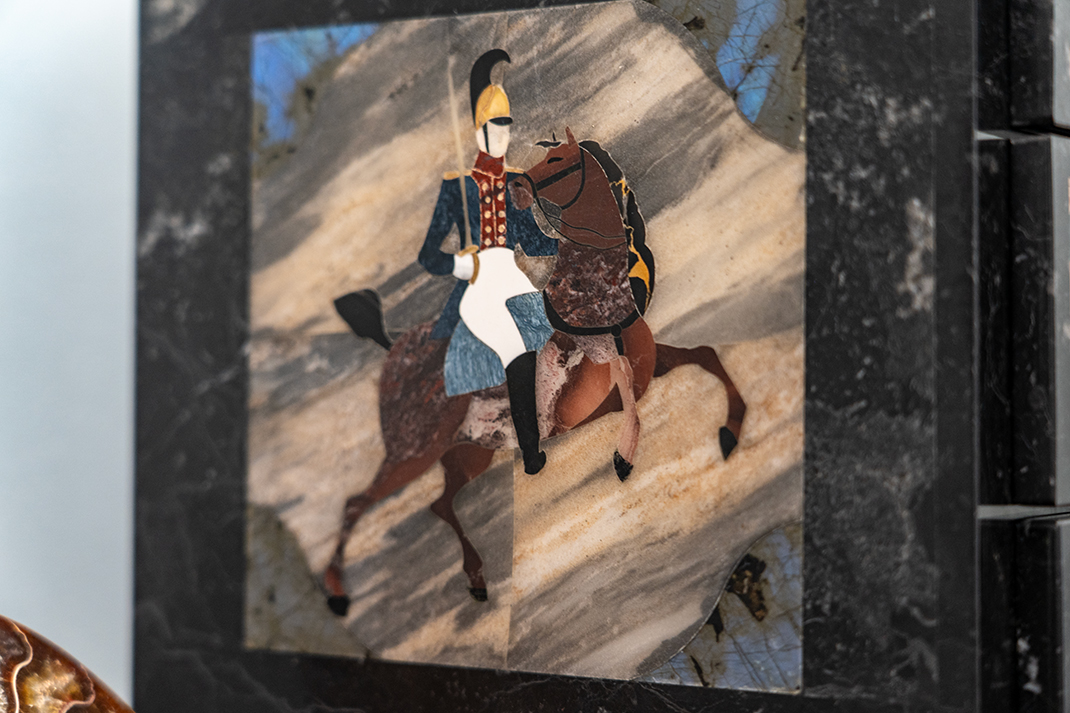
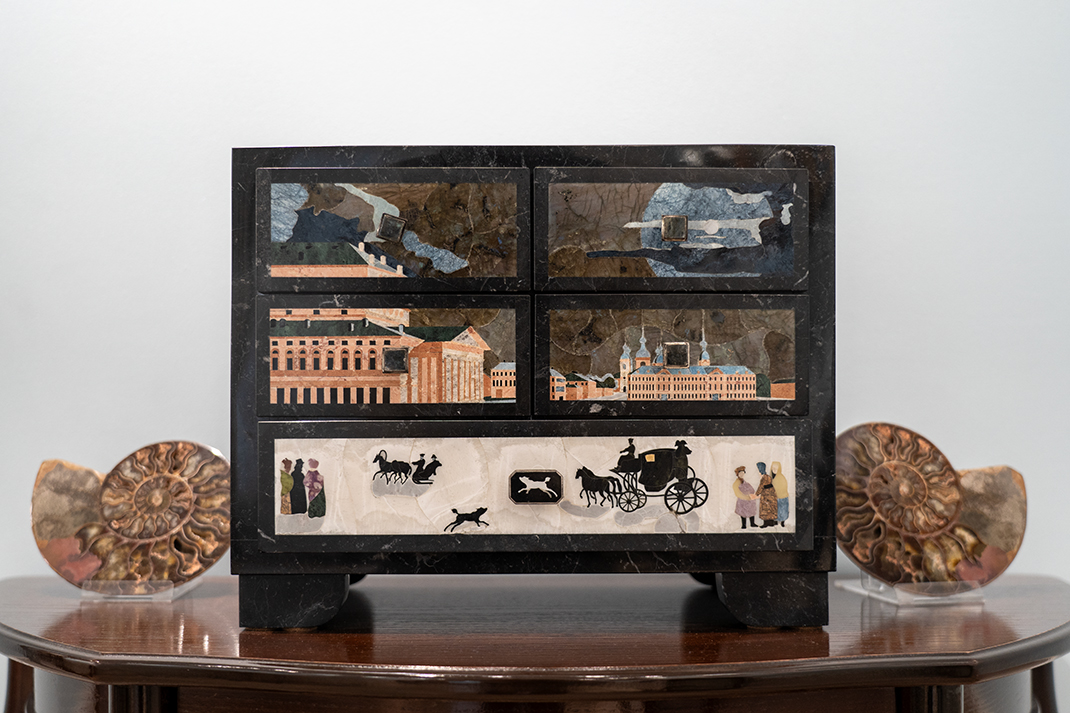
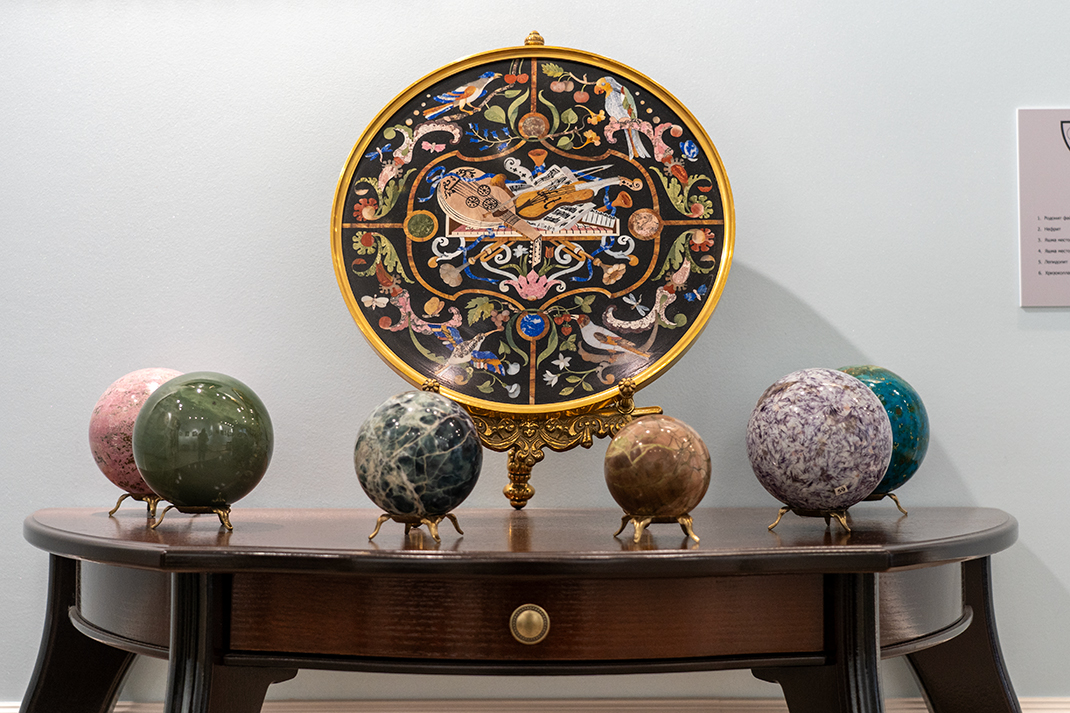
The museum's collection is thematically divided. Some halls are dedicated to masters from different regions and countries—there are halls for St. Petersburg, the Urals, the Far East, and even Tajikistan. Special attention is given to mosaic images of historical figures, with portraits of A. S. Pushkin, P. I. Tchaikovsky, Alexander Nevsky, and Emperors Peter I and Nicholas II among other notable Russians.
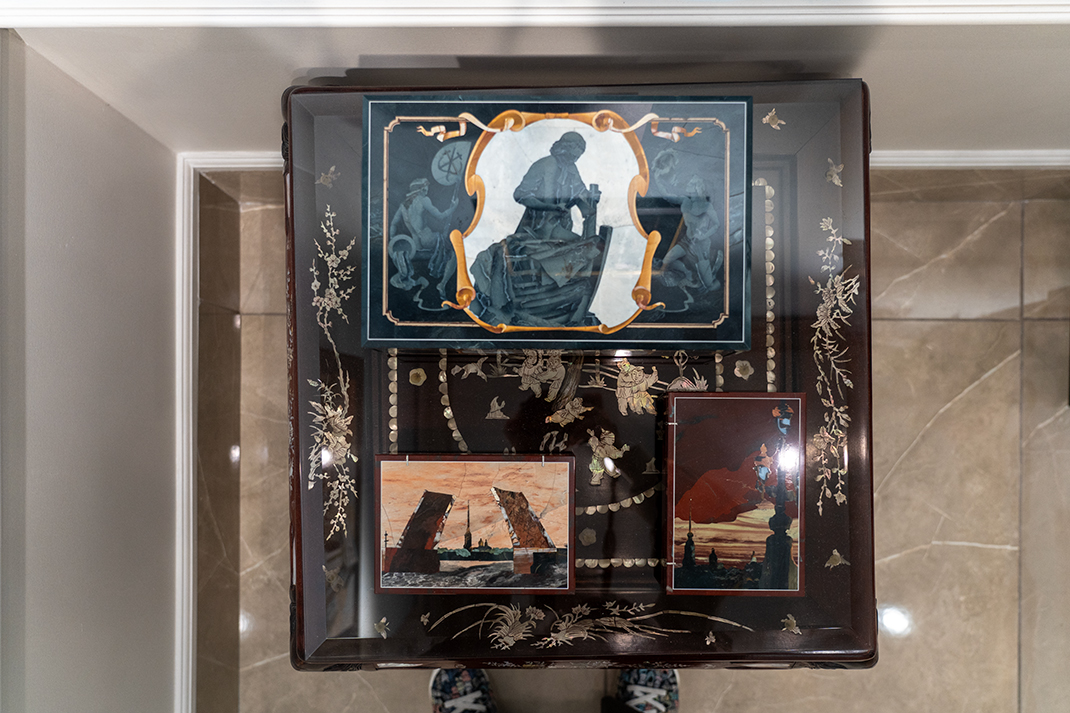
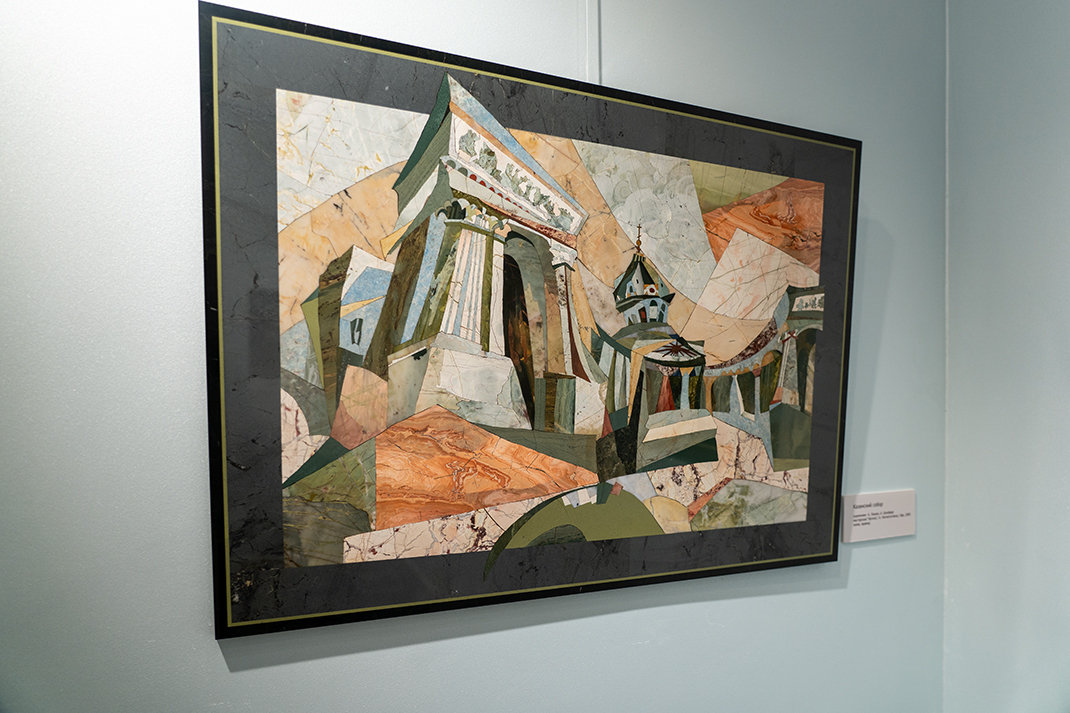
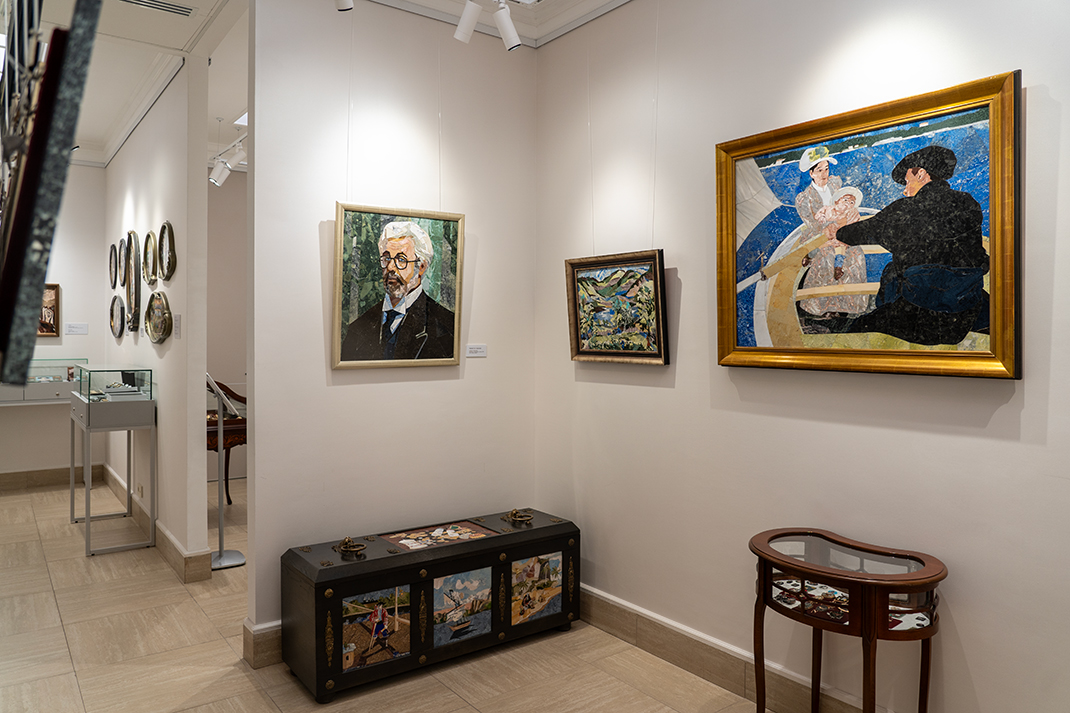
Another part of the museum is allocated for authorial exhibition halls of mosaic masters. There are three such spaces showcasing the works of Alexander Belyakov, Boris Oshkikov, and Yuri Shevtsov.
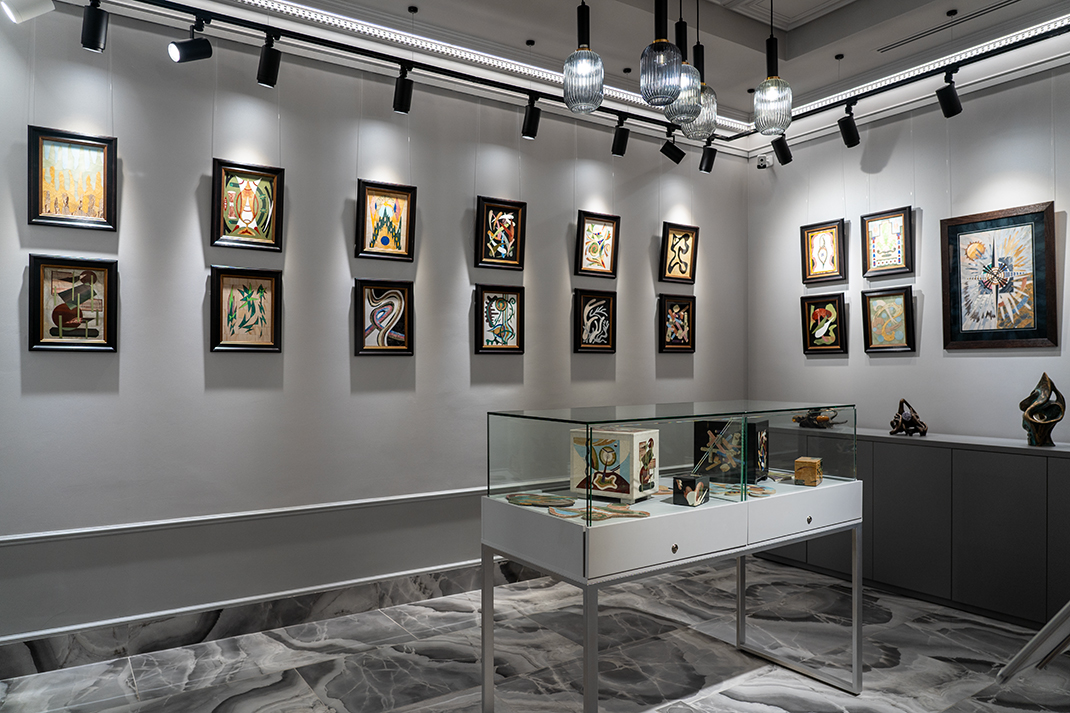
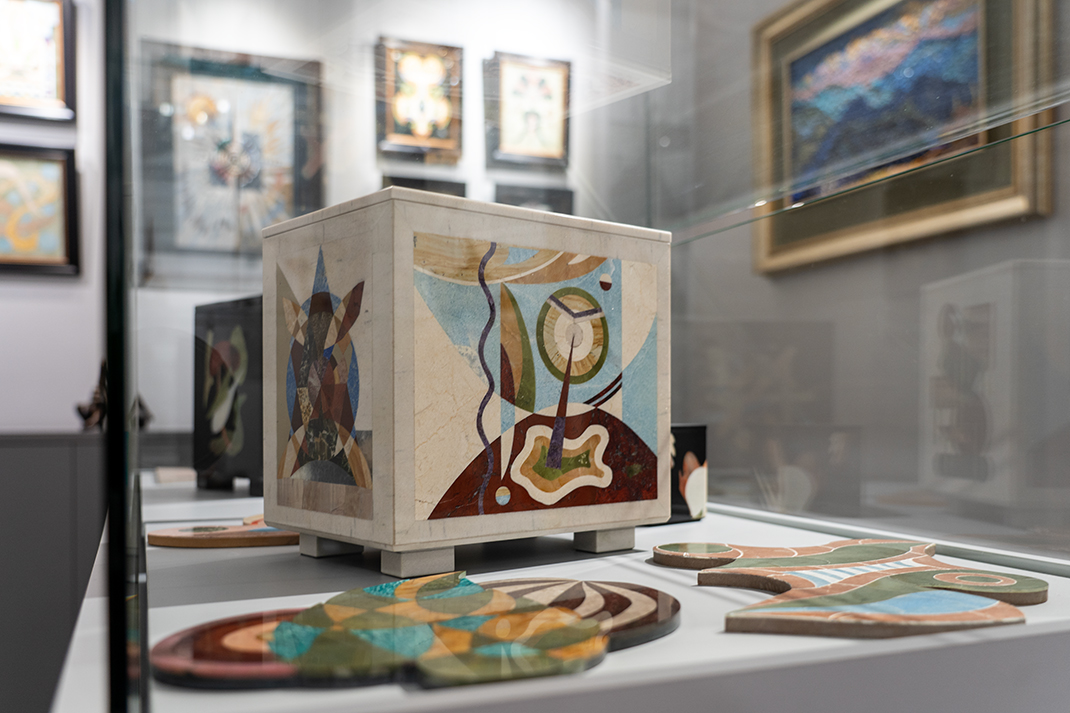
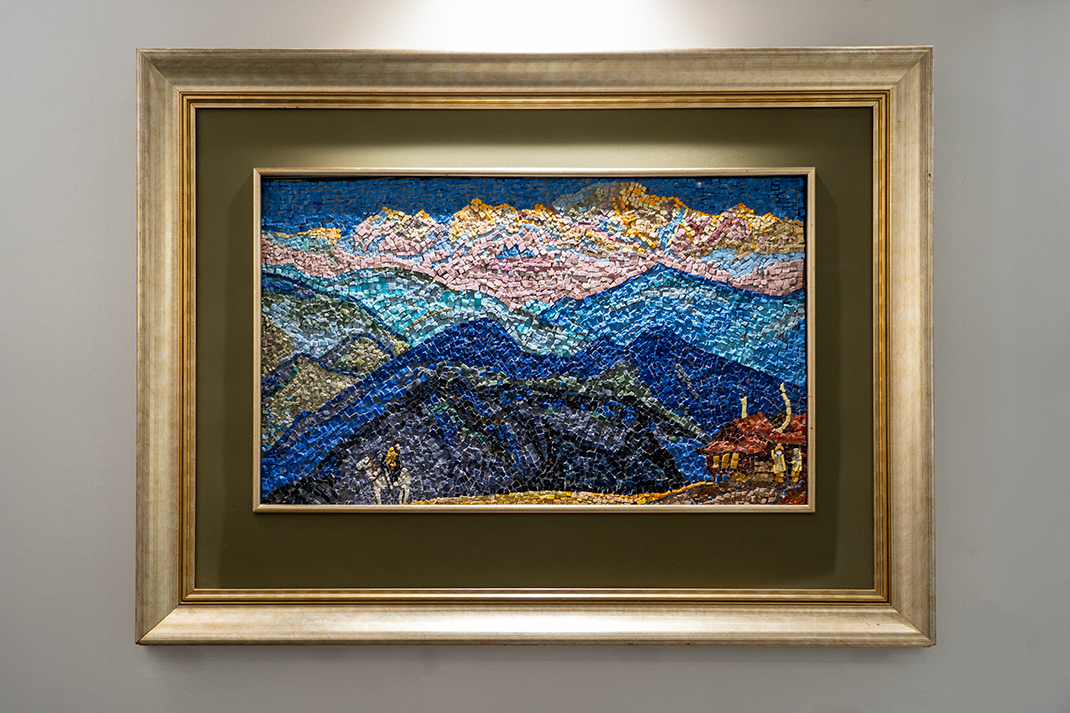
In preparing this article, I checked online reviews of the museum, and nearly all visitors to the exhibition noted their admiration for the collection's exhibits. I am confident that the museum space will not leave any art lover indifferent.
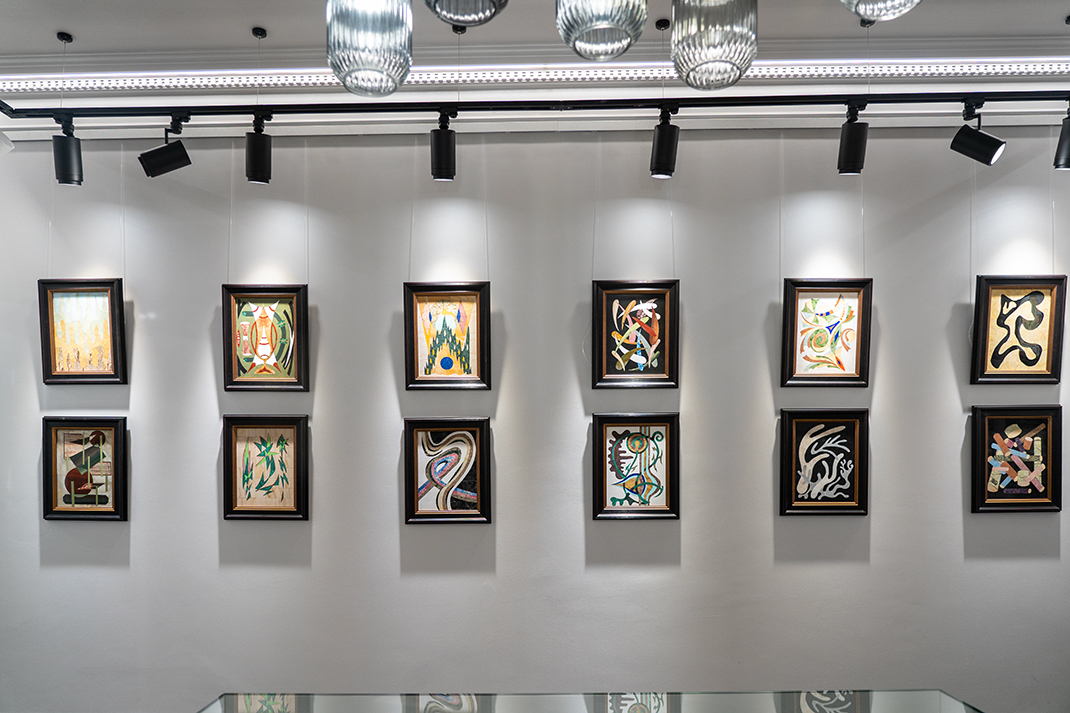
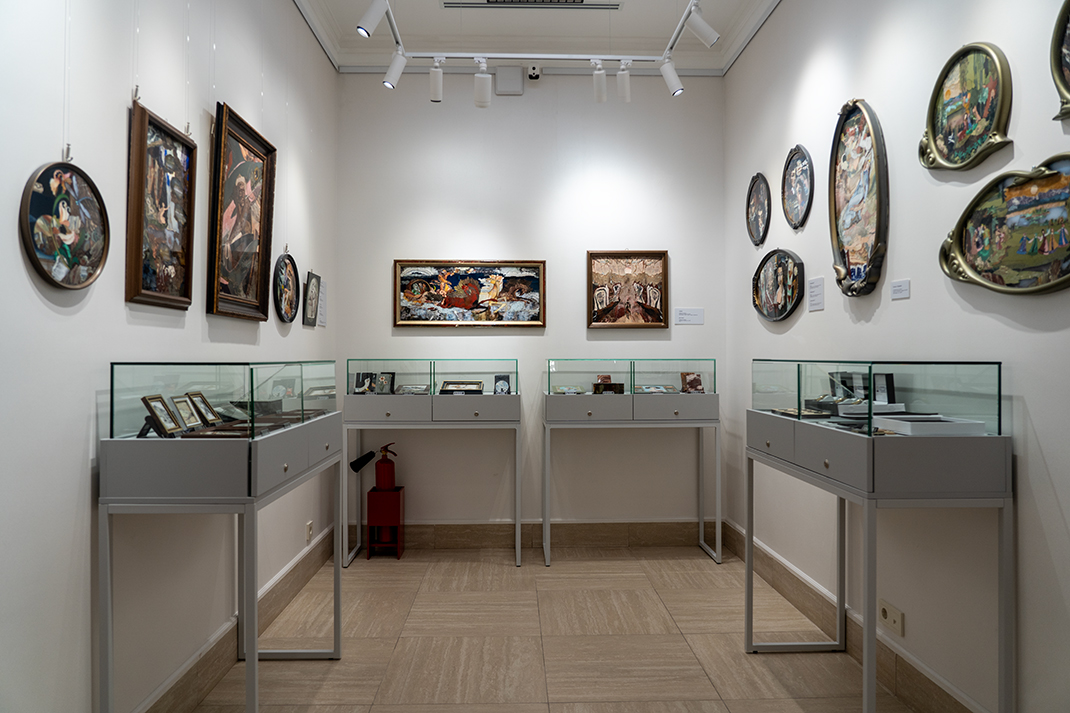
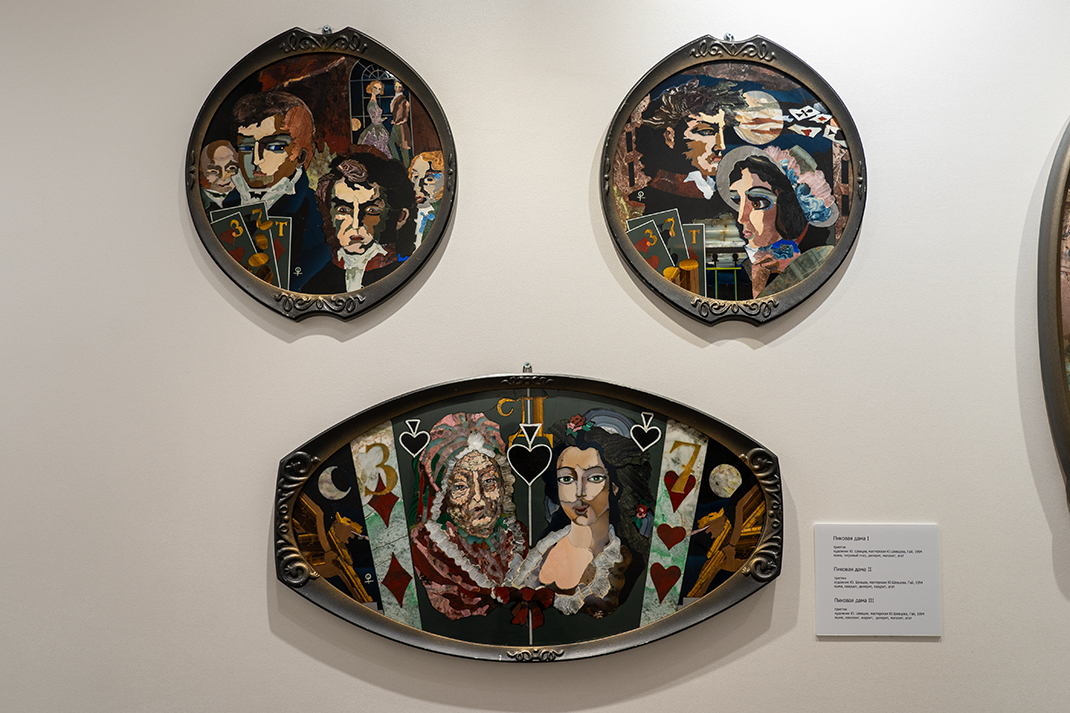
How to Get to the Museum of Florentine Mosaic
The address of the St. Petersburg Museum of Florentine Mosaic is 45 Zhdanova Street. As of autumn 2024, the exhibition space is open to visitors from Wednesday to Saturday, 11 AM to 7 PM. The museum is closed on Mondays and Tuesdays.
The nearest metro station is "Chkalovskaya," which takes about 20 minutes to walk to. Nearby, there are stops for other modes of transport.
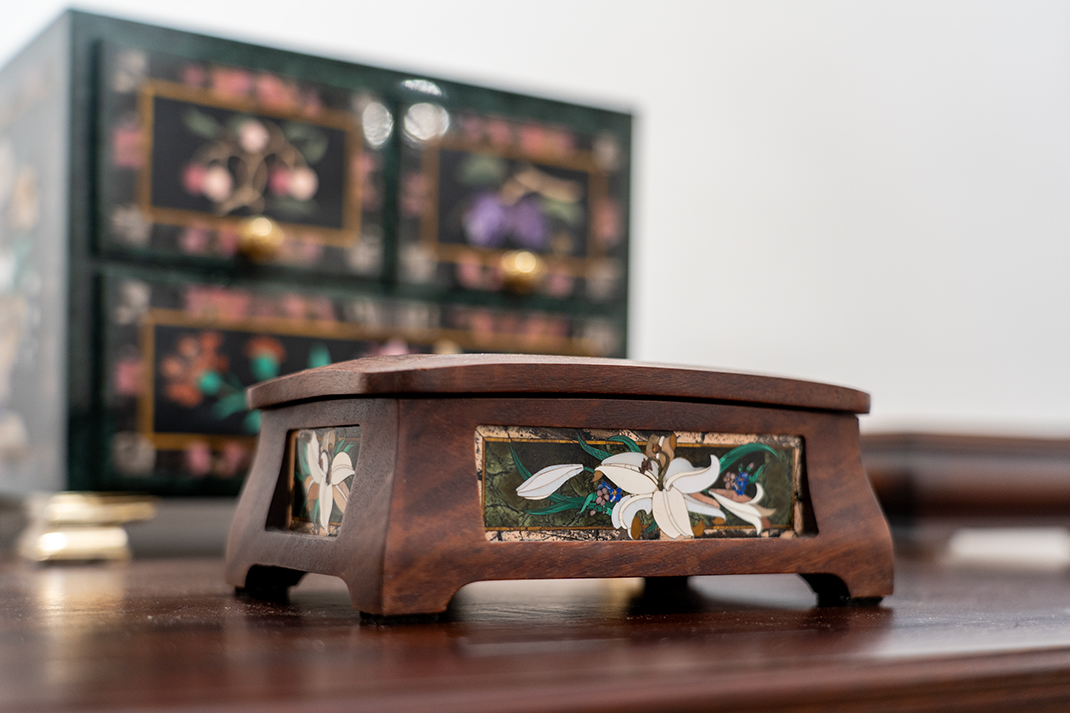
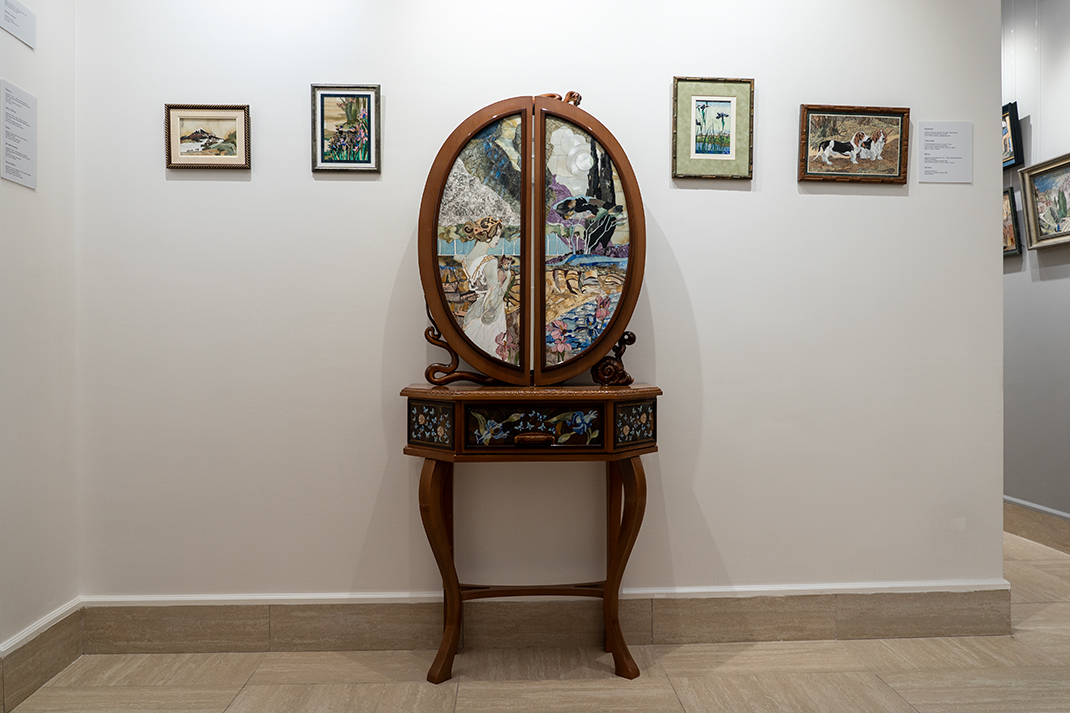
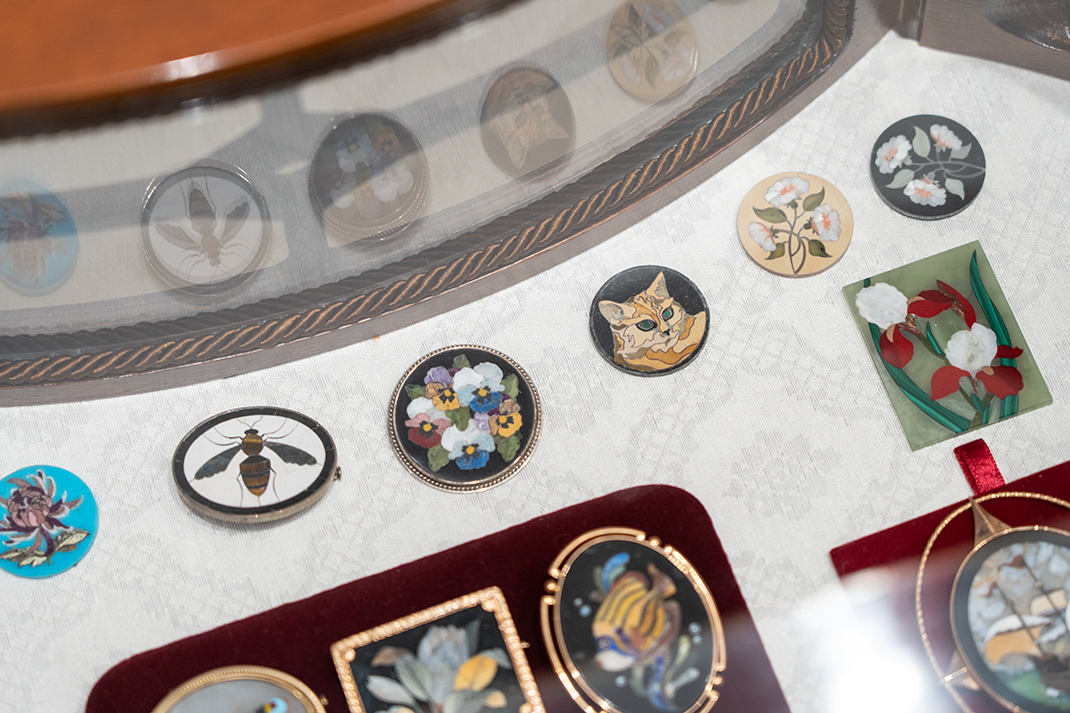
The entrance fee is 400 rubles (as of autumn 2024), with discounts available for seniors and students. Guided tours can be arranged if necessary. Interestingly, the museum also offers rental of exhibition spaces for photo sessions.
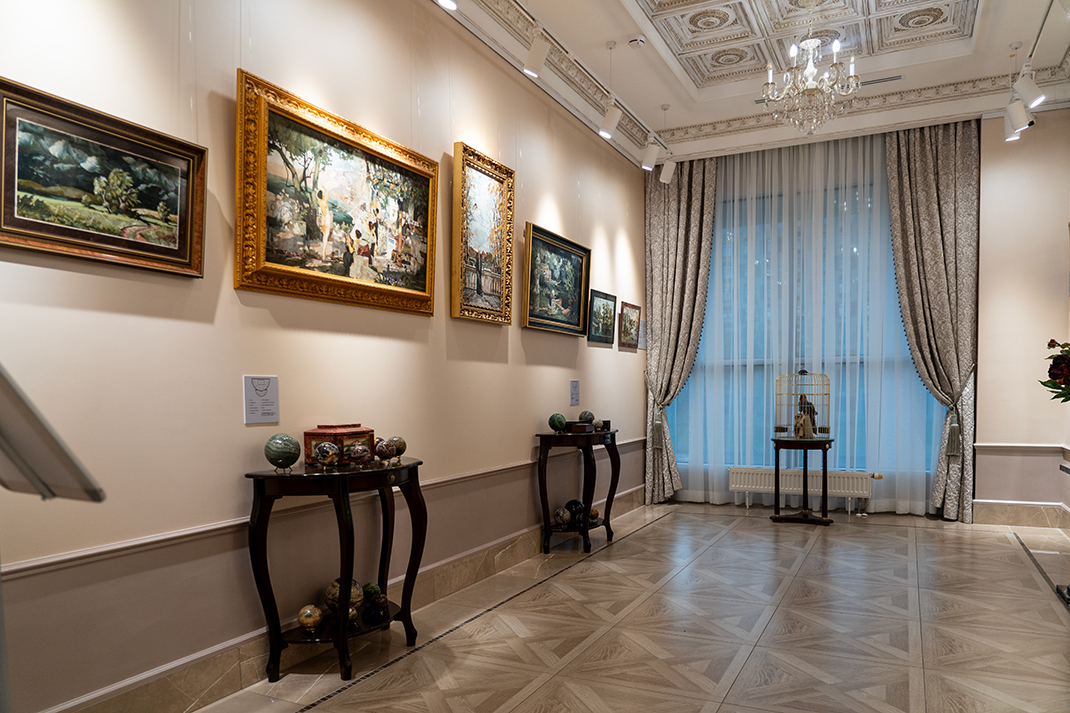
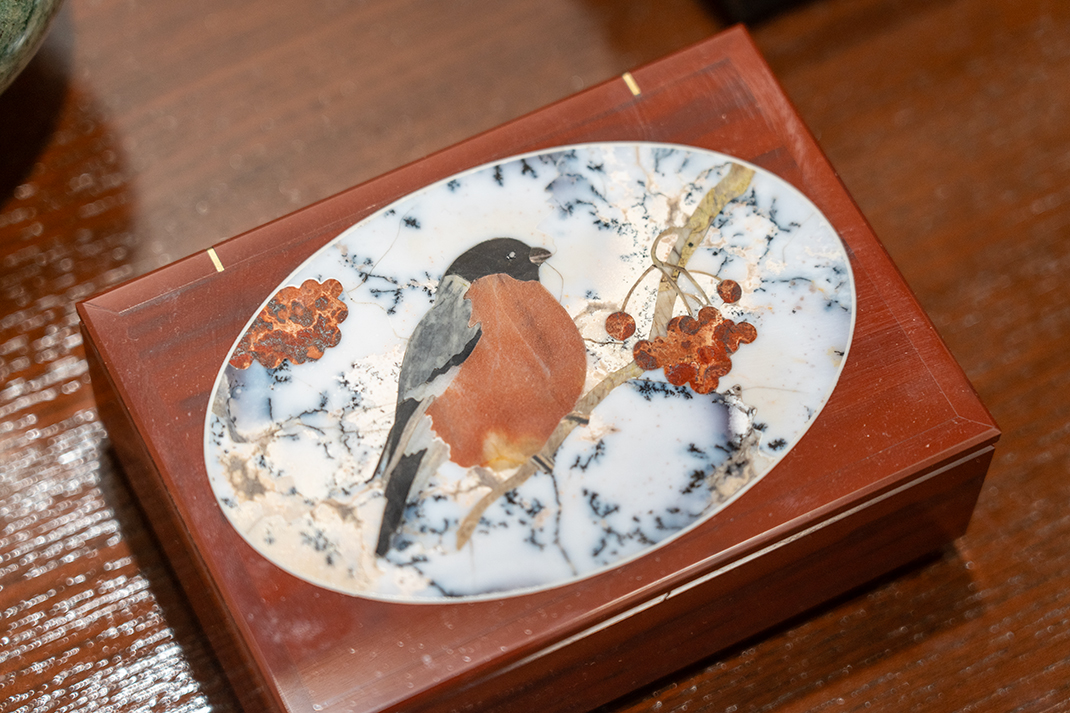
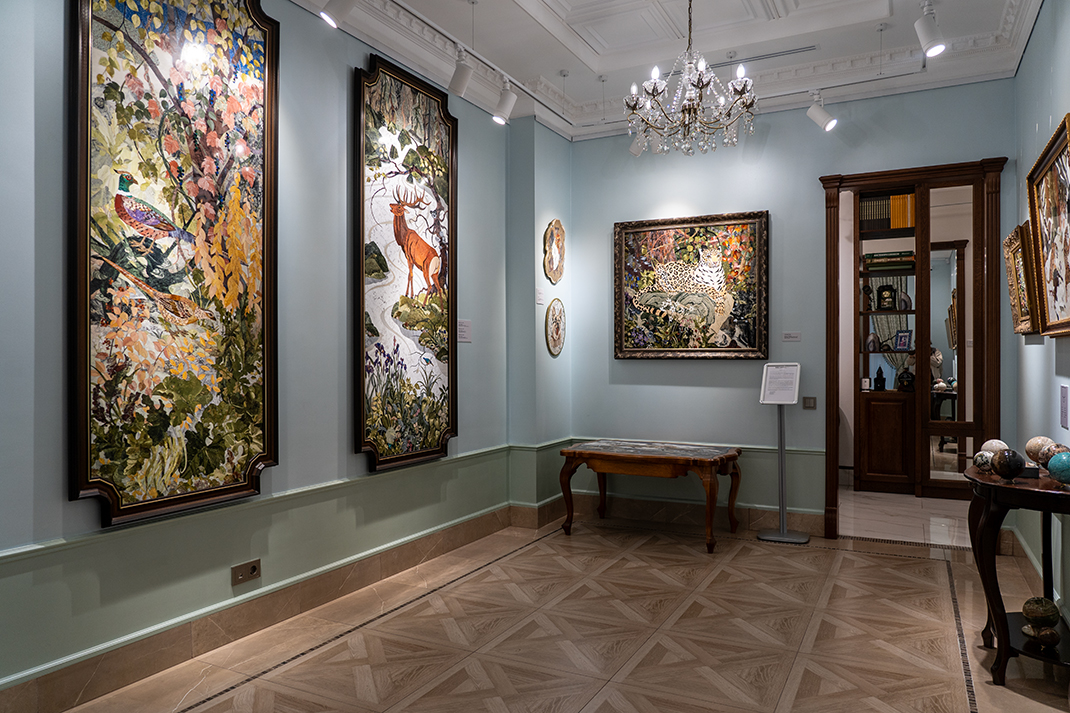
Continuing the theme of mosaic art, I invite you to travel to sunny Tashkent to see the large, colorful panels on the facades of buildings in the Uzbek capital.
Have a nice trip!


